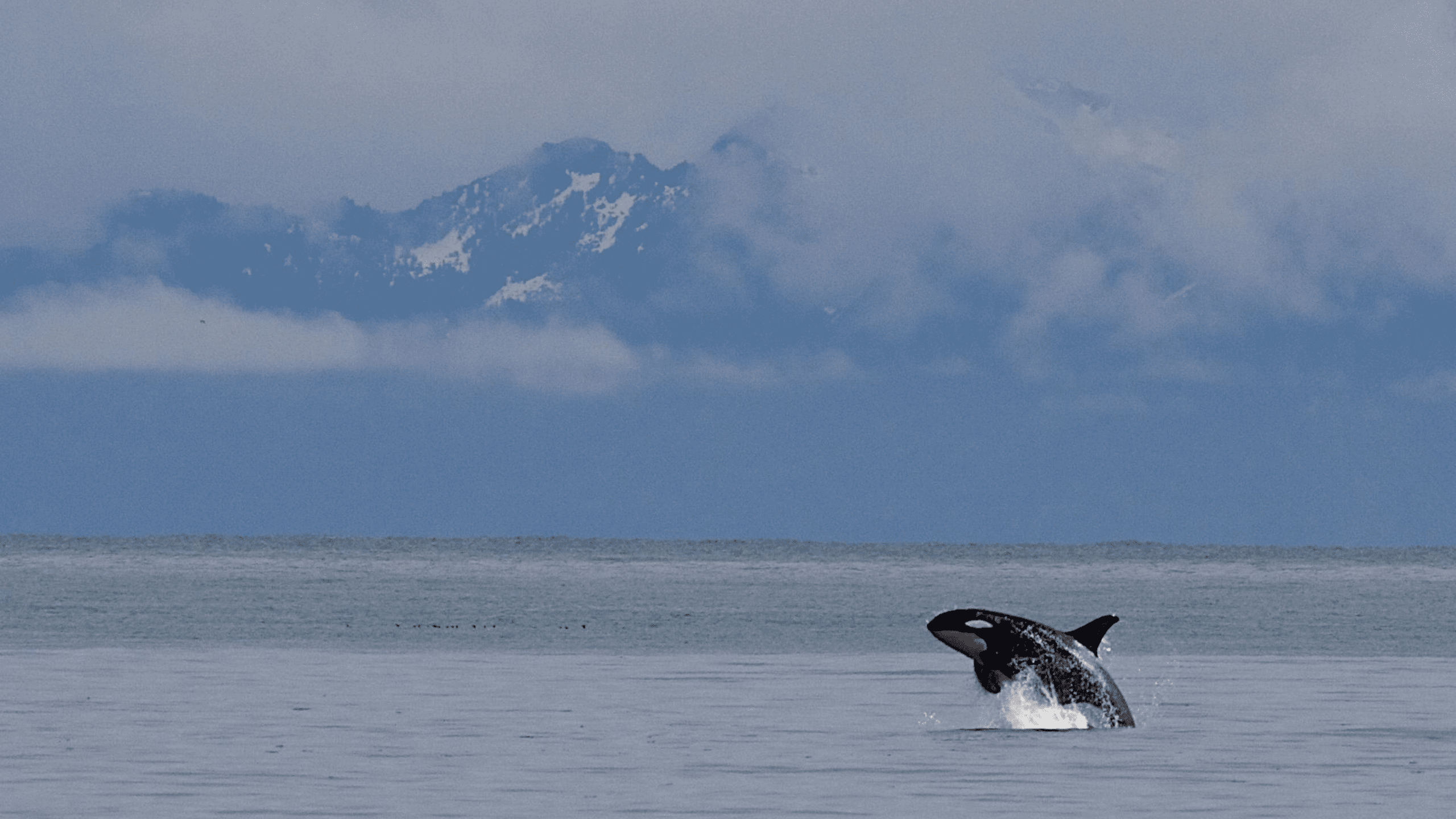Posted: May 7, 2023
Our Wildlife of the Week – 2023 Week 19…
Meet the “Killer Whale”!
(Orcinus orca)
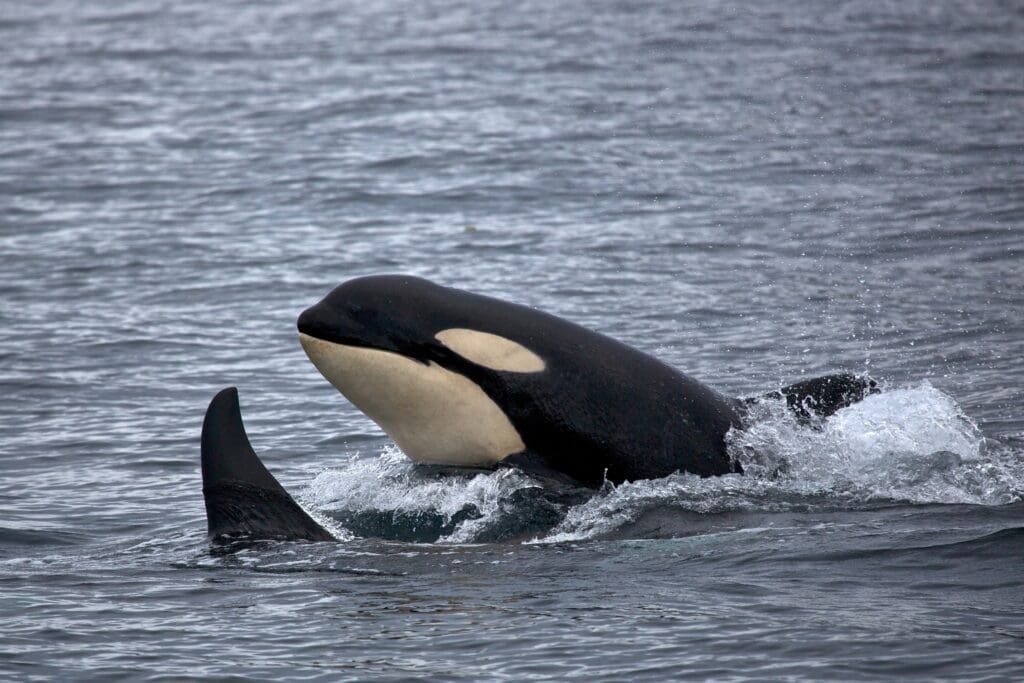
Table of Contents
Killer Whale Physical Description
The average length for a male adult Killer Whale is 26 feet (8 meters), with the maximum length at 32 feet (9.75 meters). The average length in females is 23 feet (7 meters) with a maximum length of 28 feet (8.5 meters). Newborn calves are from 6.5 to 7.9 feet (2 to 2.4 meters) long and weigh about 300 lbs (136 kg) at birth. The average weight for a male is 15,873 lbs (7,200 kg).1
Female average body size and weight is slightly smaller than that of males. In males, the erect dorsal fin can reach up to 6 feet (1.8 meters) high; in females and immature males this dorsal fin is only about 3 feet (0.9 meters) high. This fin curves over either to the right or left side.1
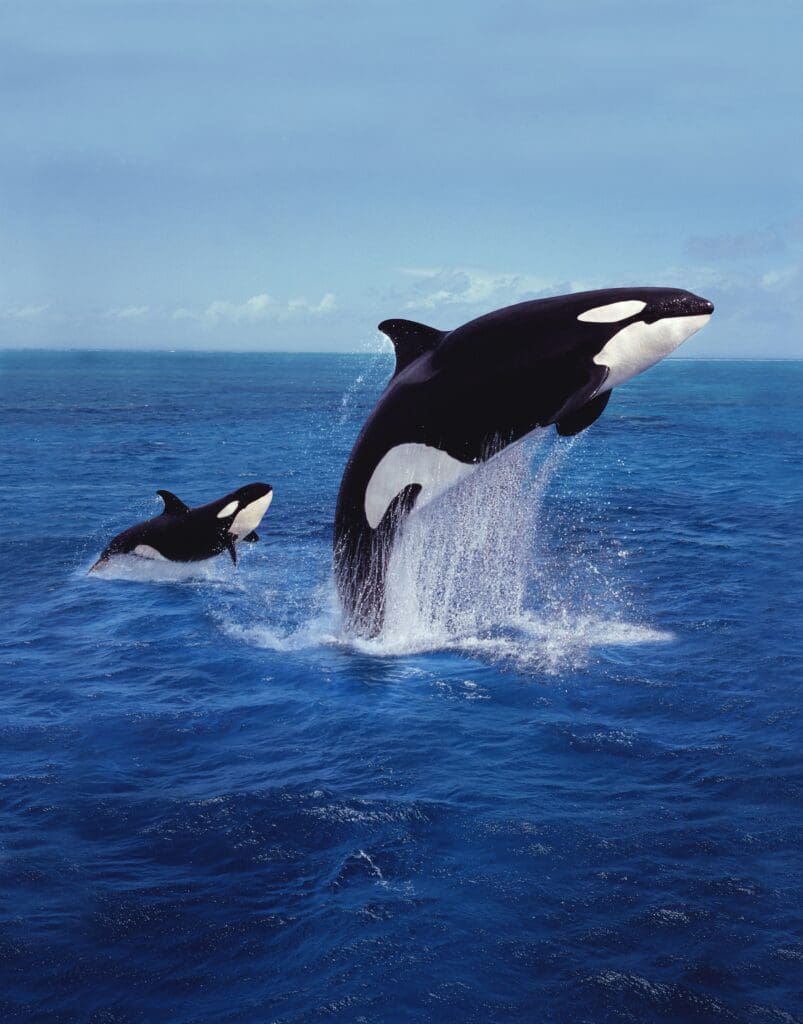
Killer Whales have streamlined, black and white bodies. They are black on the dorsal surface, white extends from the bottom of the chin to just beyond the anus on the ventral surface. There is also a white spot above the eye. In both sexes there is a “saddle spot” which is a grey spot behind the dorsal fin on the back. In calves, their black is somewhat grey up to a year old. Also, the white on the calf’s underside has a yellow tint to it until they reach 1 year old.1
SPONSORED ADVERTISEMENT
Killer Whale In Action
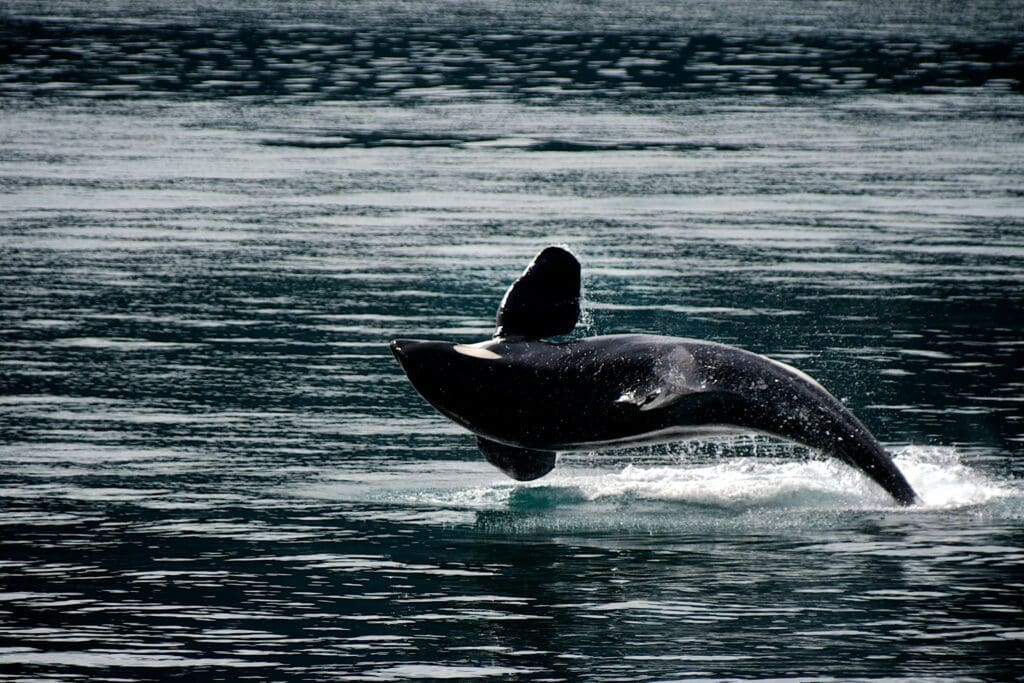
Killer Whales are highly social and social structure is complex. They travel in pods which can contain several to as many as 50 individuals. There has even been reports of hundreds of individuals in one pod, but this was a temporary association between a group of smaller pods. Individuals in pods are generally multiple generations of related individuals and made up of about 20% mature males, 20% calves, and 60% females and immature males.1
Killer Whales have limited dispersal from the maternal pod and young whales are always part of their mother’s pod. Individuals in pods swim within 100 meters of each other and coordinate their activities. They may share prey and rarely leave the pod for more than a few hours. They also teach pod members through apprenticeship. Skill in hunting and parenting are among the skills taught to younger whales.1
SPONSORED ADVERTISEMENT
Where to Spot Killer Whale
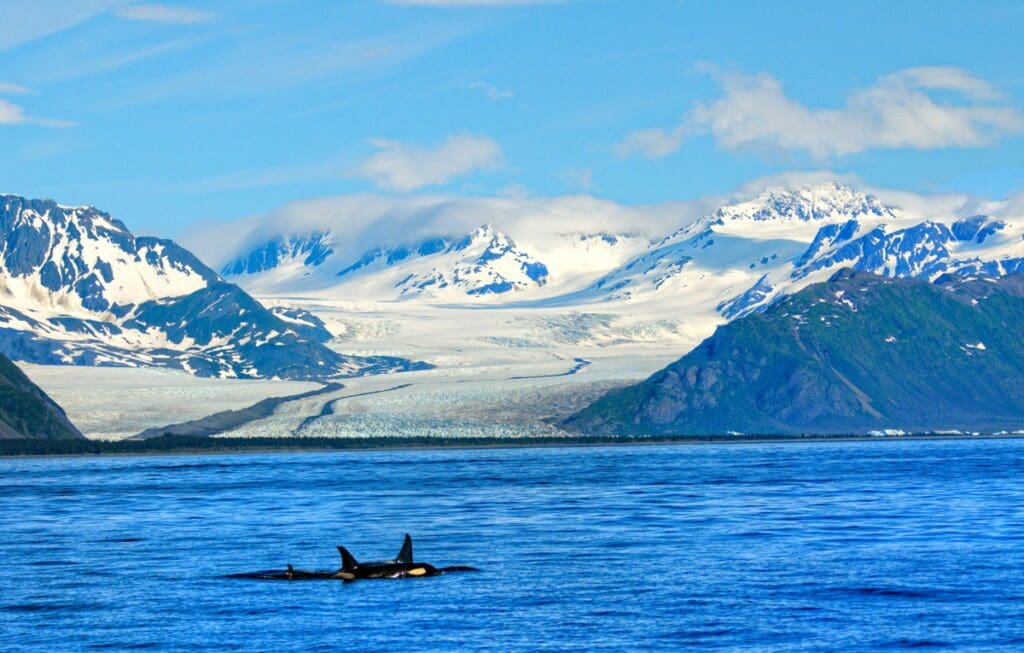
Killer Whales are found living in all oceans of the world. They have been spotted from as far north as the Artic Ocean near pack ice to as far south as the Antarctic Ocean. Although they seem to prefer colder waters, they have also been observed in tropical waters. There seems to be no or very little migration due to weather and water temperature, but they will move to other areas when food becomes scarce.1
Killer Whales live in aquatic marine habitats. Normally preferring depths of 65 to 197 feet (20 to 60 meters), they also visit shallow waters along coastlines or dive to 984 feet (300 meters) in search of food. They generally occupy the same home range year round.1
The Killer Whale can be found in over 7 National Parks and many other National Park Service sites.2 Including:
- Channel Islands National Park
- Glacier Bay National Park & Preserve
- Katmai National Park & Preserve
- Kenai Fjords National Park
- Lake Clark National Park & Preserve
- Redwood National and State Parks
- Wrangell – St Elias National Park & Preserve
SPONSORED ADVERTISEMENT
Killer Whale Conservation Status
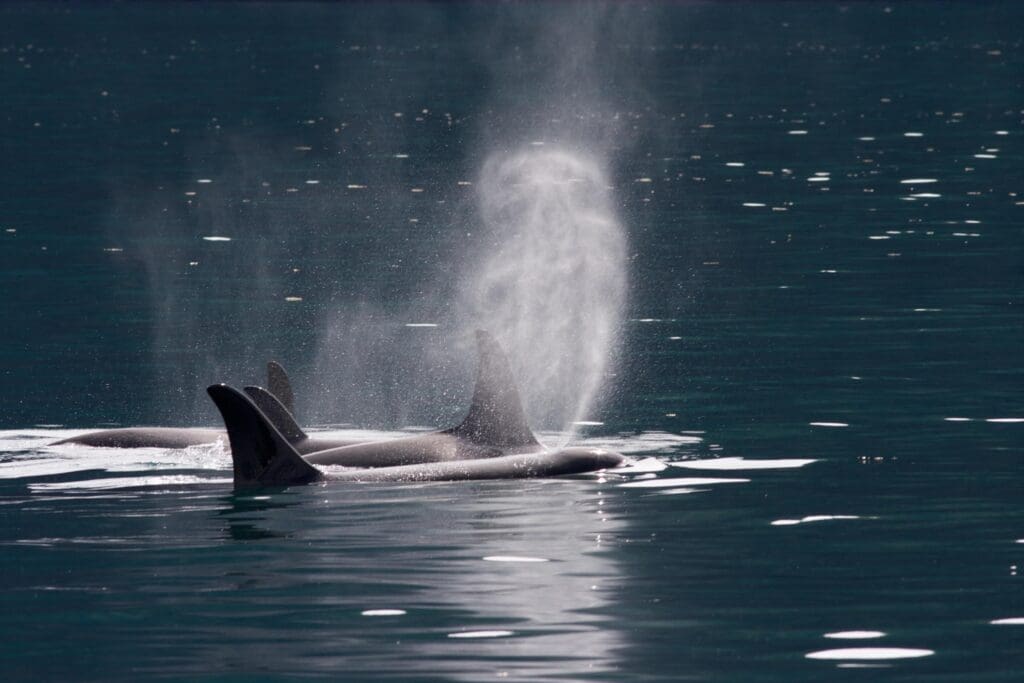
According to the IUCN (the International Union for Conservation of Nature) red list there is insufficient data about Killer Whale populations to assess their status. The data on the U.S. endangered species act list states that they are endangered. They are on Appendix II of the CITES (Convention on International Trade in Endangered Species) site, which means they are not threatened by extinction, but conservation efforts must be employed to help keep them from moving closer to extinction. Killer Whales have not been as directly impacted by human exploitation as other whale species. They are occasionally hunted but management of harvests seems to have been effective.1
Killer Whale and You
Have you seen a Killer Whale in it’s natural environment? Tell us about it in the comments below!
Do you have a picture of these amazing creatures? Share it on social media with us and tag us in your post.
Use the hashtag:
#WildlifeOfTheWeek.
Interested in Wildlife Photography???
Check out this amazing beginners guide from National Geographic:
National Geographic Photo Basics The Ultimate Beginner’s Guide to Great Photography
The above links are provided in this article as affiliate links. Meaning, at no additional cost to you, we’ll earn a commission if you click one and make a purchase. An easy way to help support us if you’re going to buy anyway!
Learn more about all the amazing wildlife in our National Parks and how to safely “Watch Wildlife” on this amazing page with lots of resources from the National Park Service!
Want tips for photographing wildlife? Check out this great article for tips from the National Park Service.
Help support Discover Our Parks by becoming a Patron for as little as $1 a month! Your support will help us continue to provide articles like this and add even more information about our parks to this site.
If you want to make a one-time donation, buy us a coffee!
‘We got some of the above information from the following:
1: Animal Diversity Web – Orcinus orca – Killer Whale
2: NPSpecies – Find Parks Where a Species is Found
Check out these recent posts from Discover Our Parks:
- The Isolated Black-bellied Salamander: Wildlife of the Week – 2023 Week 22
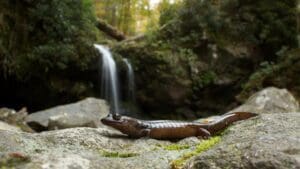
- The Splendid Sandhill Crane: Wildlife of the Week – 2023 Week 21
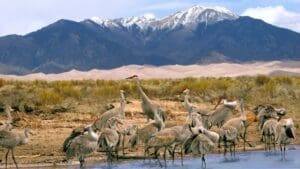
- The Promising Peregrine Falcon: Wildlife of the Week – 2023 Week 20
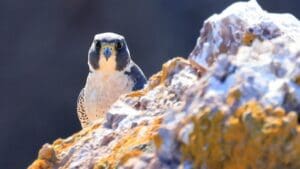
- The Intimidating Killer Whale: Wildlife of the Week – 2023 Week 19
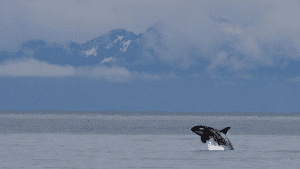
- The Swift Fox: Wildlife of the Week – 2023 Week 18
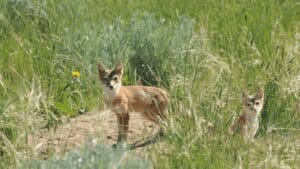
SPONSORED ADVERTISEMENT

